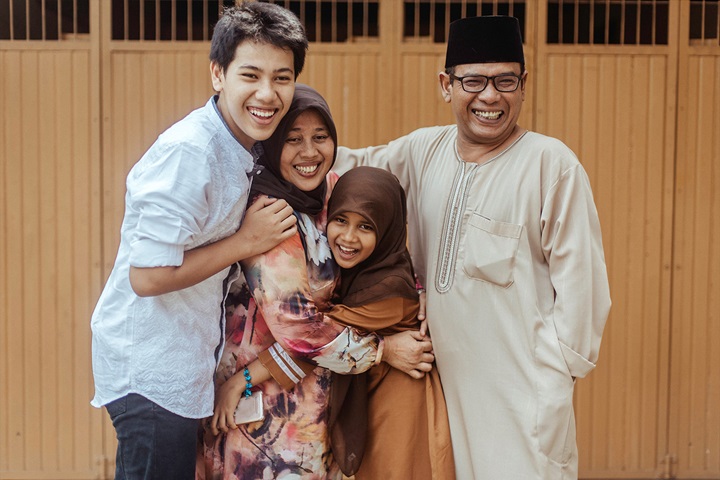Indonesia's beauty market has experienced remarkable growth over the past five years, outpacing the rest of the FMCG market. With a year-on-year value growth of 16%, four times faster than FMCG as a whole, beauty is now one of the country's strongest industries.
Even in the face of major challenges such as the pandemic, economic uncertainty and rising prices, the beauty industry has not only survived - it has continued to grow and thrive. Shifting consumer preferences across skincare, makeup and hair treatments are creating new opportunities for brands to grow and connect with shoppers in more meaningful ways.
The Beauty Industry’s Performance
According to our latest data, beauty's performance stands out compared to FMCG and personal care. Its value growth rose to 16% a year, a significant jump from 12%. Similarly, unit growth increased to 8%, highlighting strong consumer demand. Indonesia’s beauty industry has remained strong, quickly recovering from a slight dip in 2021 caused by the pandemic, as seen in last year’s report. This growth has been driven by increasing consumer demand, easier access to products and the rapid rise of online shopping. Improved delivery systems have also played a key role in keeping the market expanding.
 Indonesia’s beauty industry has remained strong, quickly recovering from a slight dip in 2021 caused by the pandemic, as seen in last year’s report. This growth has been driven by increasing consumer demand, easier access to products and the rapid rise of online shopping. Improved delivery systems have also played a key role in keeping the market expanding.
Indonesia’s beauty industry has remained strong, quickly recovering from a slight dip in 2021 caused by the pandemic, as seen in last year’s report. This growth has been driven by increasing consumer demand, easier access to products and the rapid rise of online shopping. Improved delivery systems have also played a key role in keeping the market expanding.
Evolving Consumer Preferences
The pandemic accelerated self-care trends, with more consumers prioritising skin care, at-home treatments and wellness. Online shopping flourished, supporting local brands and strengthening market stability. Consumers are now shifting towards more sophisticated and thoughtful routines and advanced beauty products. Sunscreens are the fastest growing part of skincare, with a 70% increase in value, while glow-in-the-dark finishes dominate make-up trends. Hair treatments, including vitamins and tonics, are also changing – over 40% market share growth.
What’s Next? 5 Emerging Beauty Trends
As Indonesia’s beauty industry evolves, these five trends are set to shape its future:
- Embrace aspirations across social classes –The upper middle class drives nearly half of the total beauty category, but middle and lower income groups are also increasing their beauty purchases, meaning that consumers across all economic levels are engaging with these products, making inclusivity key.
- Start early for the youth – Beauty awareness now starts at a younger age, especially among Gen Z and Gen Alpha, with brands also focusing on child resistant products and influencer collaborations. This early engagement helps build long term loyalty by shaping beauty habits and brand preferences from an early age.
- Extend accessibility beyond key cities – As beauty growth accelerates outside of major cities, brands must remain visible in key areas while expanding tailored strategies to other regions to reach new consumer bases.
- Balance online and offline presence - While general trade continues to lead in market share, a shift in shopper behaviour over the past two years has driven growth in both online platforms and offline health and beauty stores.
- Capitalise on festive season surges – Shoppers spend more on festive items such as pre-Ramadan skincare and make-up during the festive season. This trend is also supported by the rise of social media and people sharing their beauty routines throughout the season.
Access the complete report here and reach out to our experts if you would
like to learn more.




